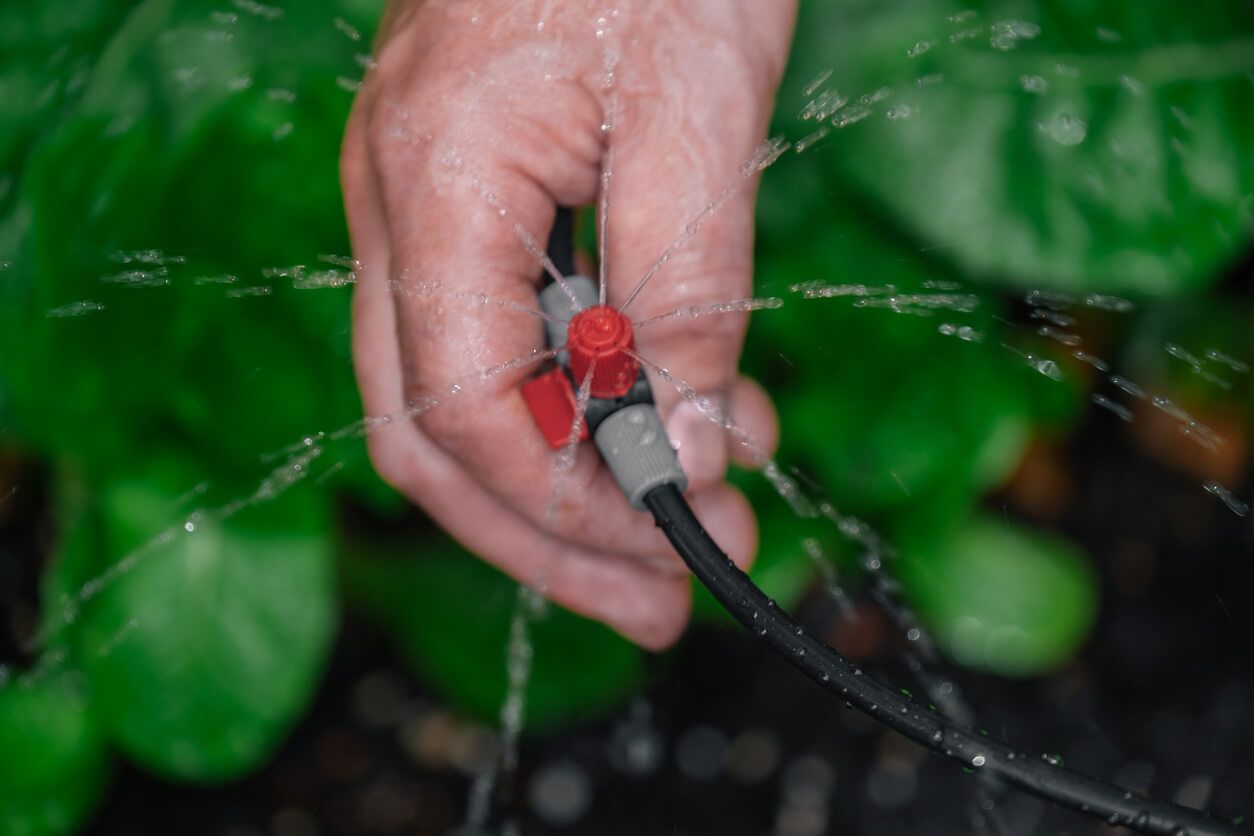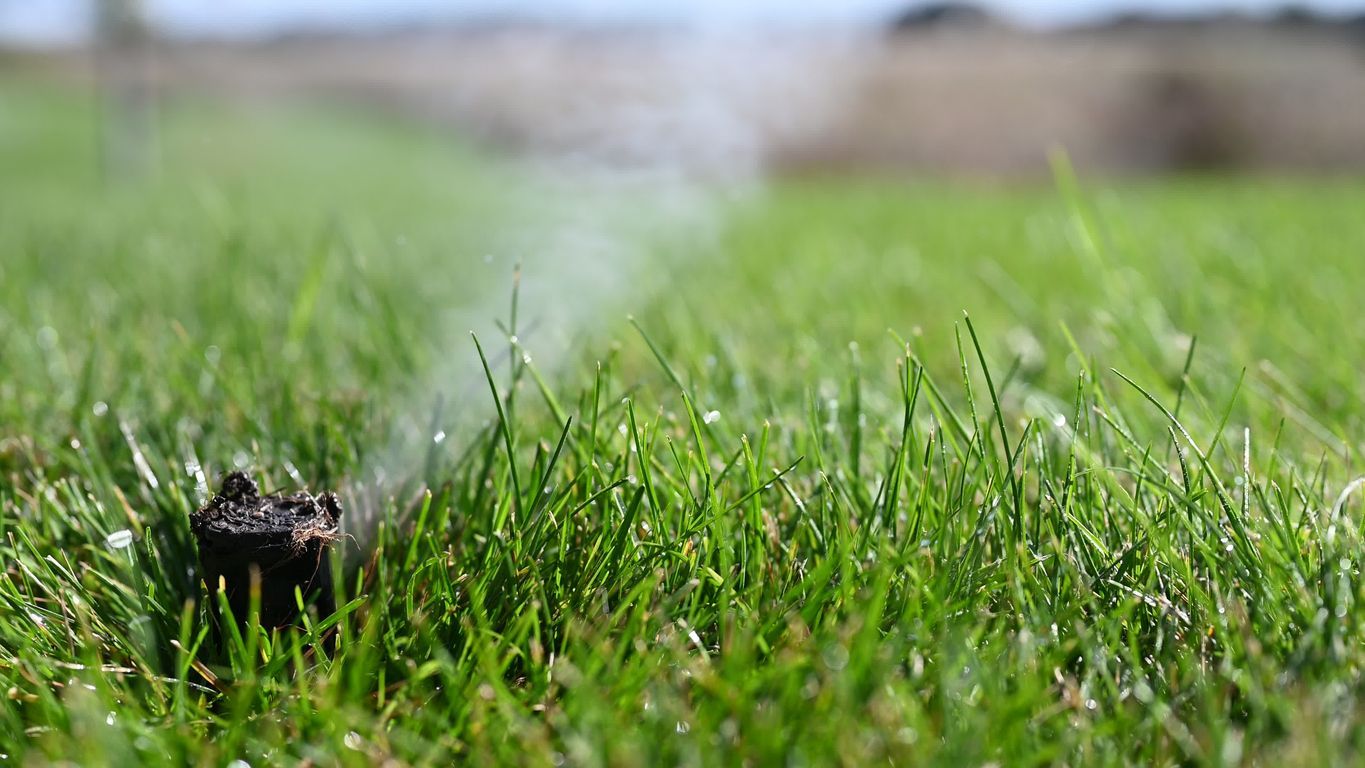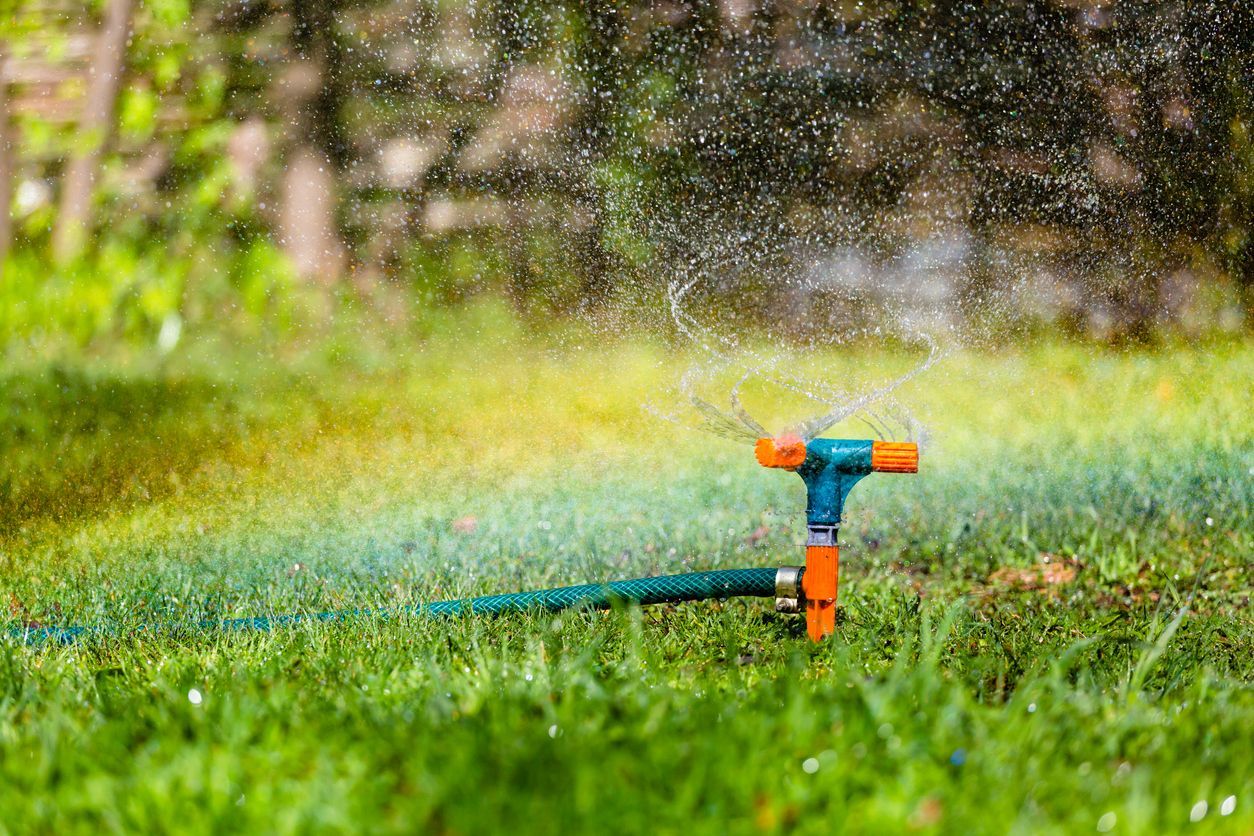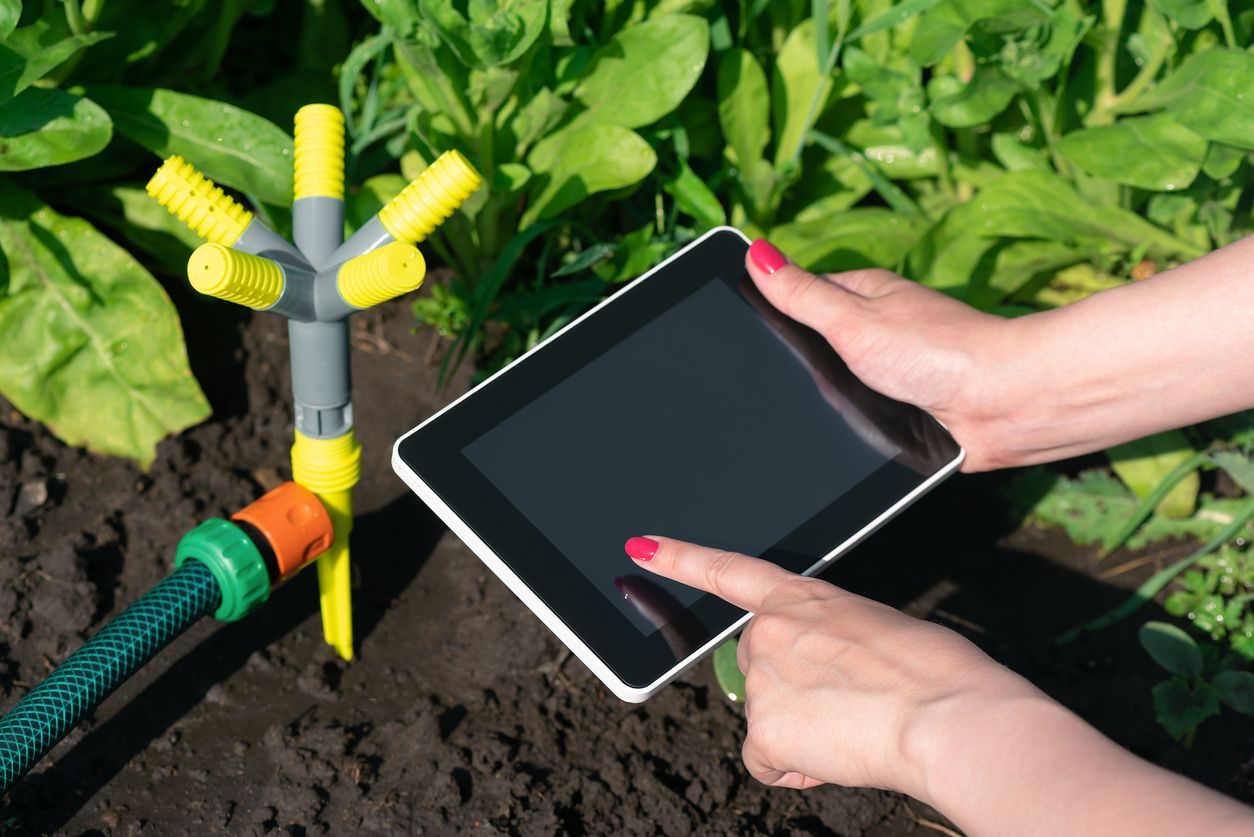Blog

Choosing the perfect irrigation system can transform your garden or lawn from good to gorgeous. The age-old debate of drip vs sprinkler irrigation is a hot topic among homeowners and landscapers who want to save water, cut costs, and keep their plants thriving. Each system brings its own unique perks—whether it’s the pinpoint precision of watering right at the roots or the powerful reach that blankets large lawns in a refreshing spray. Let’s explore how these two popular irrigation methods stack up against each other. What Is Drip Irrigation? Drip irrigation delivers water to a plant's root zone through drip lines and emitters. Since this type of irrigation waters only inches off the ground, the evaporation and water loss of traditional spray systems do not occur. Drip irrigation is suited for smaller, nonuniform areas (garden beds, trees, and shrubs) because it waters only where necessary and fosters healthy growth. While various drip irrigation tubing hoses exist that allow for drip systems to be used on larger lawns, larger, more uniform lawns typically still use spray systems. Drip irrigation saves water and reduces expenses by guaranteeing every plant receives the appropriate moisture in the root zone. Drip Irrigation Pros Highly Efficient. Only the needed water is applied, right at the root zone, reducing water loss from evaporation and runoff. Water Conservation. It’s the best solution for saving water, especially in areas with water restrictions or dry climates. Less Water, Healthy Plants. Drip irrigation often fosters stronger root development and supports healthy plants with fewer issues related to overwatering or disease. Direct Delivery. Keeps soil moist near plant roots and not between the plants, limiting weed growth. Cost-Effective Long-Term. Lower water bills due to efficient water usage. Drawbacks to Consider Maintenance Requirements. It can require more maintenance, such as dealing with clogged emitters or filters and fixing leaks in drip lines or drip tape. Initial Cost. The initial cost might be higher if you hire a professional to install drip irrigation. Suitability for Large Areas. Not always the best option for large lawns or extensive areas needing frequent, broad coverage without customization. Drip irrigation systems may struggle with efficient coverage and operation when applied to large landscapes, often due to installation complexities or limitations in water distribution capacity. Winterizing Needs. In cold climates, winterizing drip pipe and emitters is essential to prevent damage. What Is a Sprinkler System? A sprinkler system distributes water above ground through sprinkler heads that spray water across the landscape. These systems can be automated with underground pipes or be portable units connected to a hose. Sprinkler irrigation is ideal for large lawns, as it covers wide areas quickly using high-pressure jets to reach multiple plants and grass simultaneously. Various types, such as oscillating, rotary, and pop-up sprinklers, cater to different watering needs and geographical areas, mimicking natural rainfall, which is beneficial for some plants. Advantages of Sprinkler Systems Efficient Coverage. Efficient for even coverage of turf areas and landscapes with simple layouts. Versatile Watering. Can water both new and established plant life at once. Adaptable Sprinkler Heads. Sprinkler heads can be adapted for different spray patterns and distances. Automated Convenience. Easily set up as an automated system to run on a schedule, helping prevent hand watering fatigue. Drawbacks to Keep in Mind Higher Water Usage. Often uses more water, leading to higher water bills and potential water waste from evaporation, runoff, and wind drift. Less Targeted Watering. It is not as targeted, so you may see more water loss than with a drip system, especially in hot, dry, or windy environments. Potential for Plant Disease. Water sprayed on foliage may promote disease in sensitive plants. Seasonal Maintenance Required. Requires seasonal maintenance such as adjusting sprinkler heads, checking pipes for leaks, or draining before winter. Uneven Water Distribution. Overwatering or not enough water can occur in sections further from the water source or sprinkler heads. Key Differences: Drip Irrigation System vs Sprinkler






